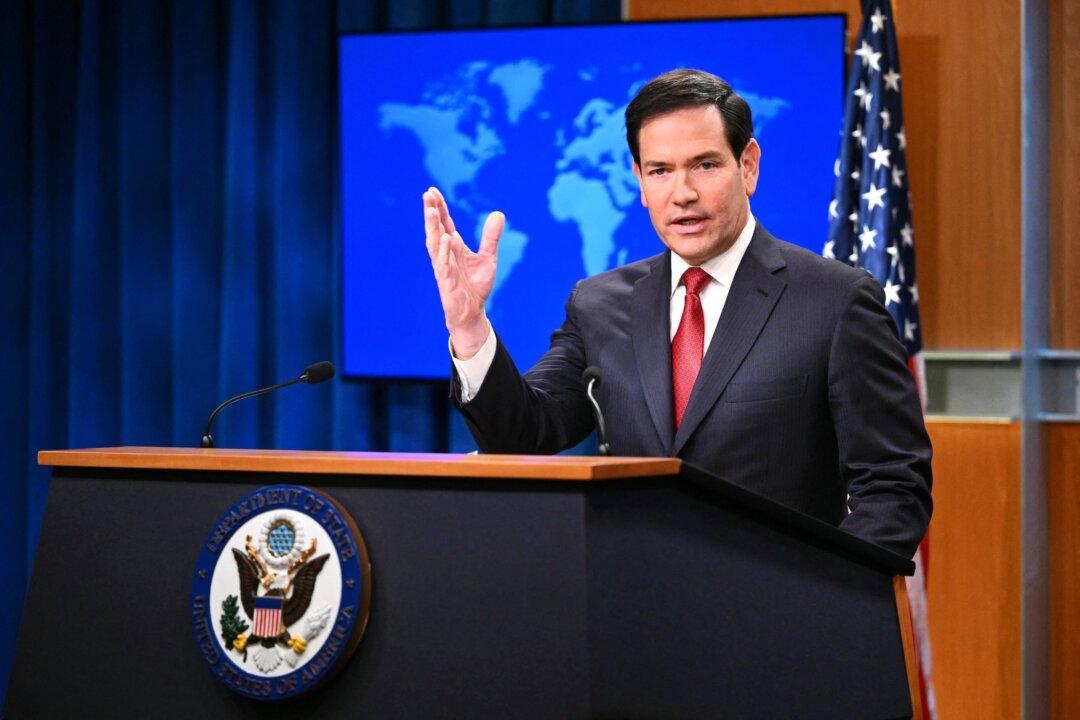NEW YORK—Four unions representing Long Island Railroad workers are considering walking out on negotiations with the Metropolitan Transportation Authority scheduled for Friday. The workers, represented by eight unions, have been without a contract for four years. In the past few months there have been two presidential emergency board (PEB) mediation panels, putting the earliest date LIRR workers can strike July 20.
On Tuesday, MTA made further changes to its proposal, offering 17 percent raises over seven years. It is the third change the MTA has made since the first PEB in December, and a huge difference from the original goal of net-zeros, or offsetting any raise with savings from work-rule changes.
To pay for this, the MTA is dipping into its pay-as-you-go capital funds, and it will cost $70 million each year.
“We’ve moved considerably from where we’ve started,” said MTA CEO Tom Prendergast. The authority had wanted to put $370 million into pay-as-you-go capital money and start paying off $17 billion in outstanding liabilities for retiree health benefits.
“We’ve scraped all the other available cash cupboards bare to get to the TWU deal and we’ve gone $70 million into pay-as-you-go capital. So when we say that we can afford it within the financial plan, we are affording it at great sacrifice,” Prendergast said.
Unions say this is not what they asked for. The second PEB was a non-binding arbitration and the panel had picked the union’s proposal over the MTA’s, which called for 17 percent raises over six years. Prendergast said to replicate that proposal would cost an additional $40 million yearly, to be taken out of capital funds.
National Conference of Firemen & Oilers, SEIU 32BJ, Sheet Metal Air Rail Transportation Union (SMART), Transportation Communications Union, and International Association of Machinists and Aerospace Workers put out a statement Wednesday blasting MTA’s proposal.
Anthony Simon, general chairman of SMART which represents the bulk of LIRR workers, said MTA was not serious about negotiating a settlement. The repeated concessions MTA has made, from the original goal of net-zeros, is demonstrating lack of credibility, Simon said.
“MTA knows full well that its latest so-called proposal had as much chance at being taken seriously as its contingency plans have of getting people to work in the event of a strike,” Simon stated.
A point of contention has been what the unions are calling a two-tiered system. Under MTA’s proposal it would take longer for a new employee to reach top pay, and they would contribute 4 percent of base pay to health care, but they would still remain higher paid than workers of any other railroad, Anita Miller, the MTA’s Director of Labor Relations, explained in a briefing Tuesday.
LIRR workers are the highest paid railroad workers in the country, with average salaries across the board for eight unions coming out to $87,182 including overtime pay in 2012 according to the MTA.
“When you’re faced with a looming strike and the impact it will cause to the economy and the riding public, you need to get to a different level and we have gotten to a different level,” Prendergast said.
The MTA previously offered 11 percent raises over six years to the unions, modeled after the settlement with Transport Workers Union Local 100.
Simon stated it was not too late to avoid a strike.
“At this point we need to get back to the table,” Prendergast said Wednesday.
Contingency
Over the past few weeks MTA has been putting together a contingency should a strike occur.
Prendergast has said multiple times it is impossible to bus the entirety of the 300,000 daily riders.
People who can work from home were urged to, and those who can’t will have to rely on private buses the MTA wants to use.
The authority also expects to see higher ridership on the subway lines farthest east from people who drive and carpool to those stations.





